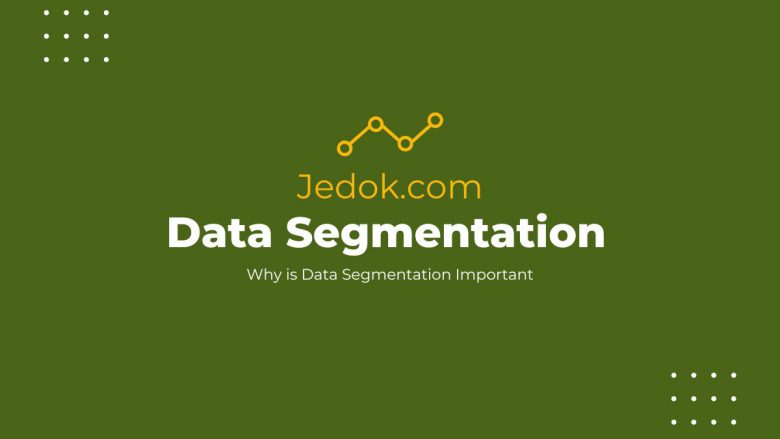
In today’s digital world, businesses have access to a wealth of data on their customers. But having all this data doesn’t necessarily translate into useful insights. This is where data segmentation comes in. Data segmentation is dividing a larger group of data into smaller, more specific groups that share similar characteristics. In this blog post, we’ll explore why data segmentation is important for businesses.
1. Personalization:
Data segmentation is a valuable tool for businesses looking to improve their marketing efforts by creating more personalized messaging. By analyzing data, companies can group customers based on similar characteristics such as demographics or behaviors. This allows them to tailor their messaging and marketing strategies to specific groups, increasing the chances of generating positive results.
One example of how data segmentation can be used is in email marketing campaigns. By segmenting their subscriber list based on interests or purchasing habits, companies can send targeted emails with relevant content and promotions. This not only improves the customer experience but also increases the likelihood of conversion and retention.
In addition to email marketing, data segmentation can be applied to social media advertising and website personalization. By understanding what drives certain customer segments, businesses can create ad campaigns that resonate with those individuals and cater website experiences specifically to their preferences.
2. Improved customer experiences:
Understanding your customers is the key to creating better customer experiences. With the advent of big data, businesses now have access to a wealth of information about their customers. One way that companies can use this data is through data segmentation, where they divide their customer base into smaller groups based on specific characteristics.
By segmenting their customer base, businesses can create targeted marketing campaigns that speak directly to the needs and preferences of each group. For instance, if a company sells products geared towards fitness enthusiasts, it can segment its database according to age ranges or activity levels. This allows them to tailor their messaging and promotions for each group more effectively.
Data segmentation also enables businesses to personalize their interactions with customers. By understanding what motivates each segment of their customer base, companies can offer customized experiences tailored specifically to those needs.
3. Better decision-making:
Effective decision-making is a crucial aspect of running any successful business, and data segmentation has proven to be an incredibly valuable tool for businesses looking to make informed decisions. By breaking down customer data into smaller groups based on specific criteria, such as demographics or purchasing behaviors, businesses can gain valuable insights into their customer base. This information can then be used to inform key business decisions related to marketing, product development, and more.
Data segmentation allows businesses to better understand the needs and preferences of their customers by providing a more detailed picture of who they are and what they want. For example, by segmenting their customer data based on age or income level, businesses can create targeted marketing campaigns that appeal specifically to those demographics. Similarly, by analyzing purchasing patterns within different segments of their customer base, businesses can identify trends and adjust their product offerings accordingly.
4. Cost-effective marketing:
Cost-effective marketing has become a buzzword in the business world, and for a good reason. One of the most effective ways to market your products or services without breaking the bank is by targeting your marketing efforts. Instead of using mass marketing techniques, businesses can segment their customer base and tailor their campaigns to specific groups.
Data segmentation is a powerful tool that allows businesses to divide their customers into smaller groups based on characteristics such as demographics, interests, behavior, and past buying patterns. By doing so, companies can create targeted messages that resonate with each group’s unique needs and preferences. This approach saves money by eliminating generic advertisements that are not relevant to some customers.
Moreover, when companies use data segmentation techniques in their marketing campaigns, they can track which channels bring in the highest return on investment (ROI) and allocate resources accordingly.
Conclusion
Data segmentation is crucial for businesses that want to succeed in today’s digital landscape. By analyzing data and segmenting customers based on their behaviors, preferences, and needs, businesses can create personalized experiences that improve customer loyalty and drive sales. It also helps businesses make informed decisions, reduce marketing costs, and gain a competitive advantage.


